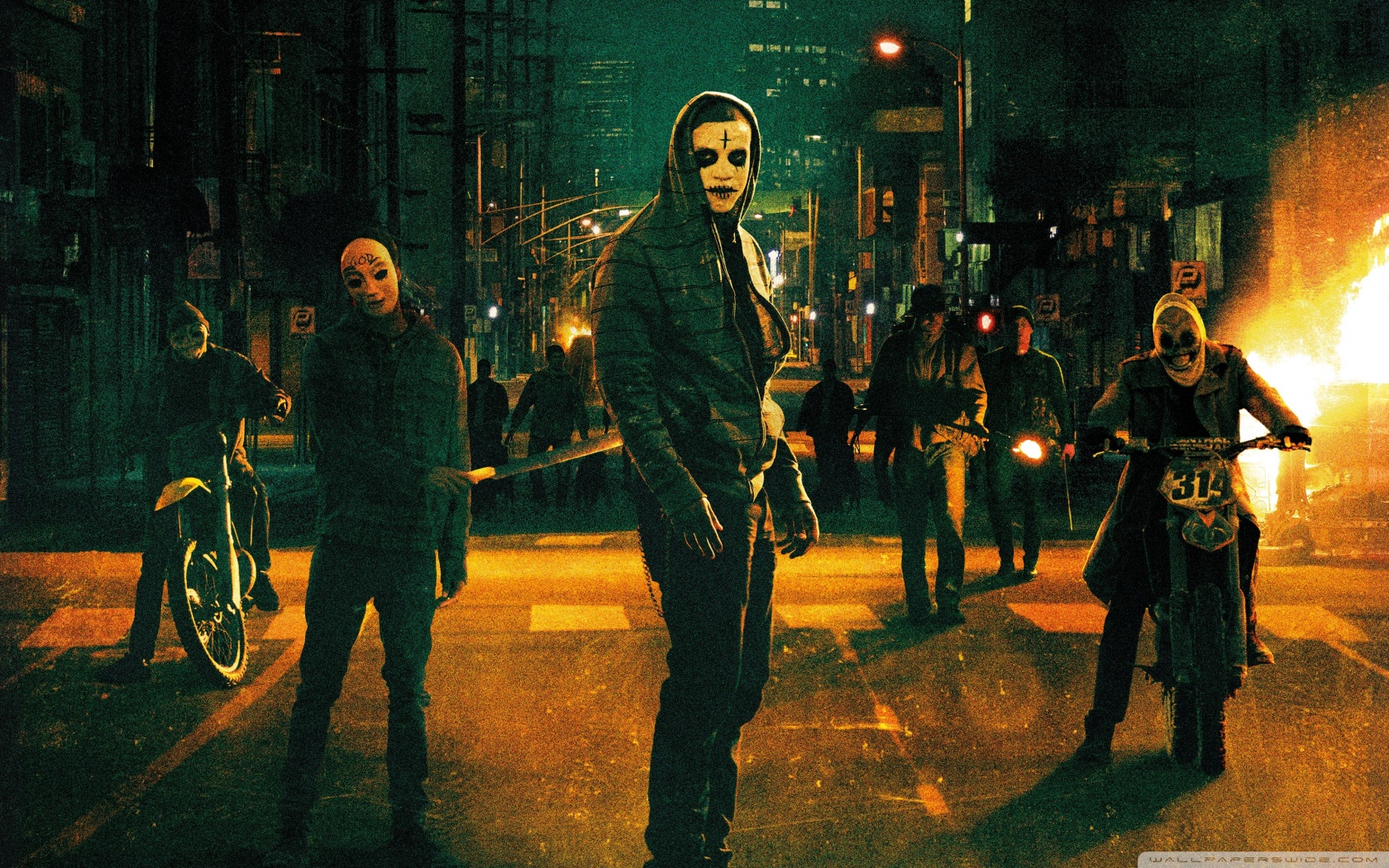Imagine a scenario where, for a single night each year, all crime—including theft, assault, and even murder—became legal. No laws. No consequences. Just 12 hours of legal chaos and depravity unleashed upon society.
This chilling concept is the core premise behind The Purge, a popular horror movie franchise from Blumhouse Productions. With its growing cultural prominence, one burning question keeps resurfacing:
Is the Purge Real?

Could such a dangerous, dystopian event truly exist outside the realm of cinematic fiction?
The short answer? No, the Purge is not an actual sanctioned event. However, the themes it represents are very much reflective of the harsh realities we face regarding violence, societal unrest, and crisis preparedness.
By diving deeper into this inflammatory movie premise, we can separate fact from fiction while examining the importance of law and order, emergency readiness, and prioritizing human welfare over fear-based narratives.
Is There a Purge Night? Debunking the Myth
From the onset, it’s crucial to establish that the Purge and its “rules” centered around an annual nationwide “kill for kicks” event are 100% fictional concepts conceived for entertainment purposes by the filmmakers.
Any notion of the U.S. government or leadership endorsing or participating in such a depraved event is entirely false and should be dismissed outright. Promoting this as even remotely plausible is not only irresponsible but dangerous misinformation.
In an era where separating facts from fictitious clickbait narratives has become increasingly difficult, we mustn’t blur the lines between an intriguing horror movie premise and harsh reality.
While the Purge movies have undeniably captured audiences through exploring an unnerving “what if?” scenario, that fundamental lack of real-world credibility must be understood and acknowledged before delving deeper into the subject matter’s implications.
Understanding the Concept Behind the Purge Movies
To provide clarity for those unfamiliar, here’s a basic overview of how the fictional Purge event is portrayed in the movies:
The premise is set in a dystopian America overseen by the authoritarian “New Founding Fathers” government. To ensure economic success and curb deviant behavior, they sanction an annual 12-hour event called “The Purge” during which all criminal activity becomes legal.
For that window, any form of violence is allowed – including theft, destruction of property, assault, and murder – without legal repercussions or fear of being prosecuted. Emergency services are also suspended during this time, leaving citizens to fend for themselves until the event concludes.
The movies depict various scenarios and perspectives surrounding families, communities, and individual citizens who choose to either embrace the chaos, profit from it, or simply survive the night by sheltering indoors and remaining armed.
While intended as a satirical commentary on societal themes like violence, class divides, and governmental overreach, the mere concept of such an event has undoubtedly struck a nerve with audiences worldwide.
If real, a “Purge Night” would essentially bring humanity to its most primitive, uncivilized state of lawlessness and depravity through sanctioned savagery and a suspension of all ethical boundaries.
It’s crucial to reiterate that the Purge exists solely as fictional entertainment, not as any remotely plausible reality. However, exploring the core themes through this film lens provides an opportunity to address real-world issues surrounding violence, criminal justice reform, and the importance of an orderly society bound by laws, not chaos.
Why Anarchy and Lawlessness Pose Grave Dangers
While compelling (and unsettling) as a moviegoing experience, the central premise of the Purge – a society temporarily stripped of rules and moral boundaries to act on its most primal, destructive impulses – is one we should vehemently reject as human beings.
Even entertaining the idea that mass violence and criminality devoid of consequences could somehow strengthen society is a detrimental line of thought. Throughout history, we’ve seen the harrowing ramifications of anarchy and widespread lawlessness:
- Eroding essential societal structures, systems, and services
- Crippling economic productivity and growth potentials
- Perpetuating endless cycles of trauma, chaos, and unrest
- Psychological desensitization towards depraved, unethical behavior
- Victimization and oppression of vulnerable populations
In essence, the very core of civilized society is founded upon agreed laws and standards that enable peaceful coexistence, productivity, safety, and ethical boundaries that respect human dignity.
Stripping those away – even hypothetically – only breeds chaos, fear, oppression, and regression into the most horrific chapters of human history we should be actively distancing ourselves from.
Responsible citizens and communities should unequivocally stand against the glorification of violence, tribalism, and terror depicted by events like the Purge under the guise of providing a “therapeutic” societal reset. Instead, we must reaffirm our commitment to upholding human rights, the rule of law, and a universal respect for all life.
Preparedness Tips for Any Crisis Situation
With that said, while the Purge itself is an outrageous fictional premise, the movie does serve as a hyperbolic wake-up call regarding the importance of emergency preparedness and individual readiness should societal systems ever buckle under more plausible circumstances.
Catastrophic events like natural disasters, civil unrest, or terrorist attacks could potentially lead to temporary breakdowns of law and order that require enhanced situational awareness, communication plans, and safeguarding of yourself and loved ones.
Rather than succumbing to far-fetched doomsday panic, basic emergency preparedness should simply become part of a responsible citizen’s standard practices in today’s unpredictable world. Some key tips include:
Develop a Communication Plan
Identify designated meeting spots and out-of-state emergency contacts to communicate whereabouts or needs if local communication systems fail.
Build an Emergency Supply Kit
Stock up on essentials like water, non-perishable foods, medications, flashlights, radios, first aid supplies, chargers, and hygiene items. Update supplies regularly.
Safe Room or Secure Shelter Options
Designate and prepare a secure interior room or shelter to weather crisis events safely. Install solid doors, and room darkening shades, and have all supplies on hand.
Map Out Potential Evacuation Routes
Know the quickest paths for evacuating your home or neighborhood toward safer zones or evacuation shelters in emergencies.
Exercise Situational Awareness
Be attentive to your surroundings and any potential exits or shelter locations. Trust your instincts if something seems amiss and remove yourself promptly.
Access Community Resources
Follow authoritative local guidance about alerts, shelter locations, emergency supplies, and evacuation routes. Download relevant apps and sign up for notifications.
While excessive paranoia is unwarranted, being educated, equipped, and vigilant about potential crisis scenarios is simply a prudent life skill for modern times – just as having a fire extinguisher on hand for emergencies should be standard.
Numerous online resources and in-person training courses can teach emergency preparedness skills in greater depth. Organizations like the Red Cross provide detailed guidance as well.

